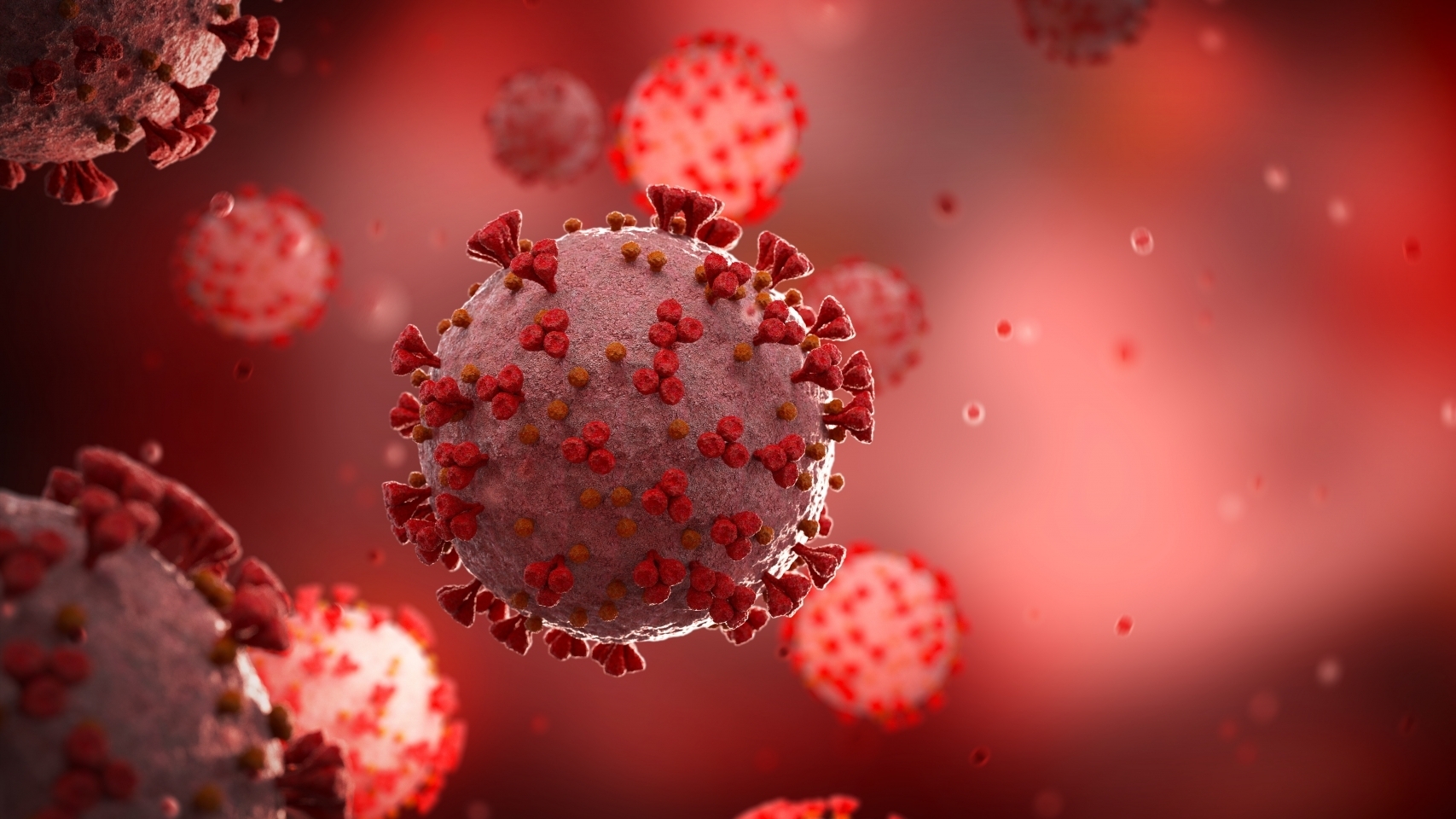|
Getting your Trinity Audio player ready...
|
The state’s COVID-19 positivity rate has jumped to roughly the same level as in August, with hospitalizations as of Thursday at the highest levels it has been in months, according to the latest statistics released by the Alabama Department of Public Health.
The state’s current positivity rate is 23.1 percent, meaning nearly a quarter of all COVID-19 tests reported back to health officials have positive test results. December saw a steep increase from 8.7 on the first of the year to 22.5 on Dec. 31, according to the data from ADPH.
The growth accounts for the steepest single increase in the COVID-19 positivity rate in some time.
The COVID-19 positivity rate is the percentage of tests with positive results received by state health officials and is a vital tool in determining the current status of the virus in Alabama. The total level of cases is a less accurate statistic compared to the positivity rate, which is also not a bulletproof metric for determining the spread of COVID-19 as more and more individuals use at-home testing kits while not reporting the results.
{{CODE1}}
The state’s hospitalization rate has also seen an increase in recent weeks, with the latest number of individuals hospitalized with COVID-19-related illnesses at 659 as of Thursday, according to the data from ADPH.
This is a growth of 162 patients from the first of the year when the state reported 497 total patients in hospitals receiving treatment for COVID-19-related illnesses.
The current level is similar to the levels of individuals hospitalized in August with COVID-19, at a time when levels were declining slowly.
{{CODE2}}
There has yet to be a death related to COVID-19 reported for 2023, with ADPH’s statistics showing 2,693 individuals died due to COVID-19 in 2022.
{{CODE3}}
The percentage of the state’s population who have completed the series of vaccination shots is 53 percent, with 64.8 percent having received at least one dose of a COVID-19 vaccine, according to the most recent data from ADPH, which also shows that booster levels remain well below a quarter of the population.














































